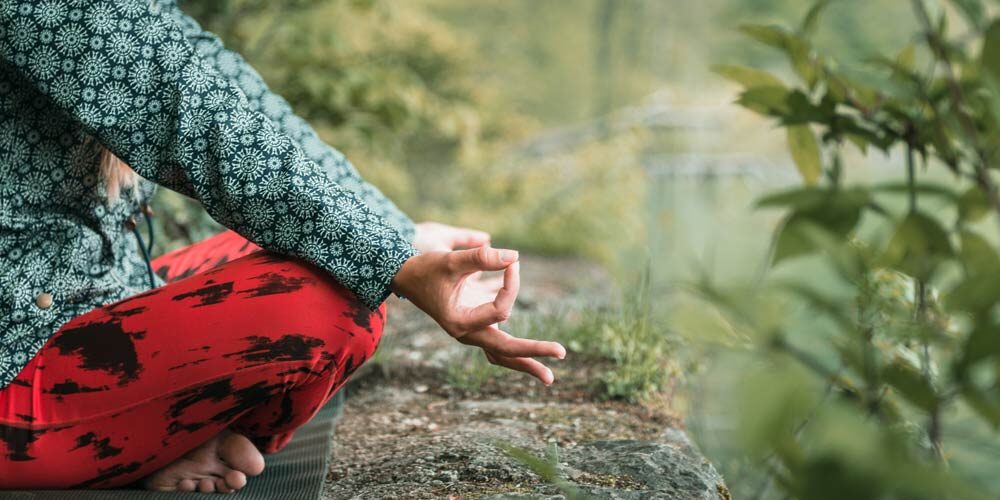No products in the cart.
The Power of Meditation in Ayurveda
Meditation is an excellent spiritual practice that brings an individual’s mind back into balance. It is a healing practice, which allows us to encounter inner tranquillity and profound relaxation. Ayurveda describes meditation as a technique under DaivavyaprashayaChikitsa.
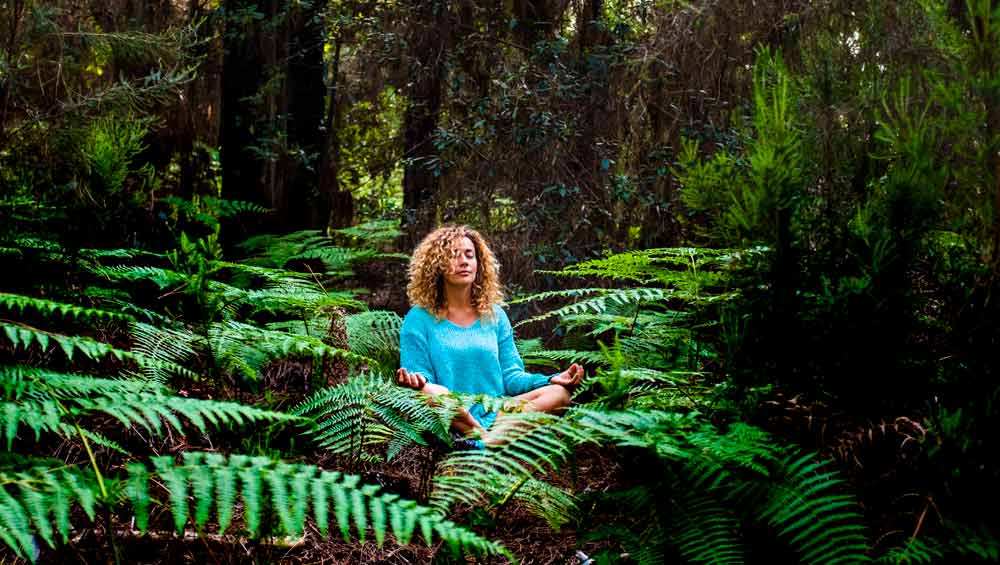
There are varying types of meditation available for various prakruti and depend on a person’s mind for example state of rajas, tamas, or sattva. For example, a Kapha mind should be always engaged in work. Then again, a Vata mind should be calmed and kept still. A pitta mind should be calmed. Henceforth, it is imperative to choose appropriate meditation technique based on what your mental state is. It is advisable to practice daily meditation along with an eating regimen which best suits your prakruti, healthy lifestyle, balanced elimination and senses will essentially keep a mind stabilized.
Significance of Ayurveda in identifying your doshas
Ayurveda is the ancient health system, according to which, there are three doshas or mind-body types: Vata, Pitta and Kapha.
Vata is the airy dosha; pitta is the red hot dosha; Kapha is the earthy dosha. The way each dosha shows up in meditation has to do with its elements.
The art of Ayurvedic meditation runs alongside the art of yoga, both focused on breathing techniques, finding inner stillness and rebalancing yourself internally. Both of these practices are strongly established in the ancient holistic lifestyle practice of Ayurveda. According to Ayurveda, meditation is more than just a habit, yet can mirror your special dosha and Ayurvedic body type. The way each dosha thinks and feels all vary and this is reflected when you are in a meditative state.
How to practice Ayurvedic meditation for your specific Dosha?
1. Meditation technique for Vata Dosha
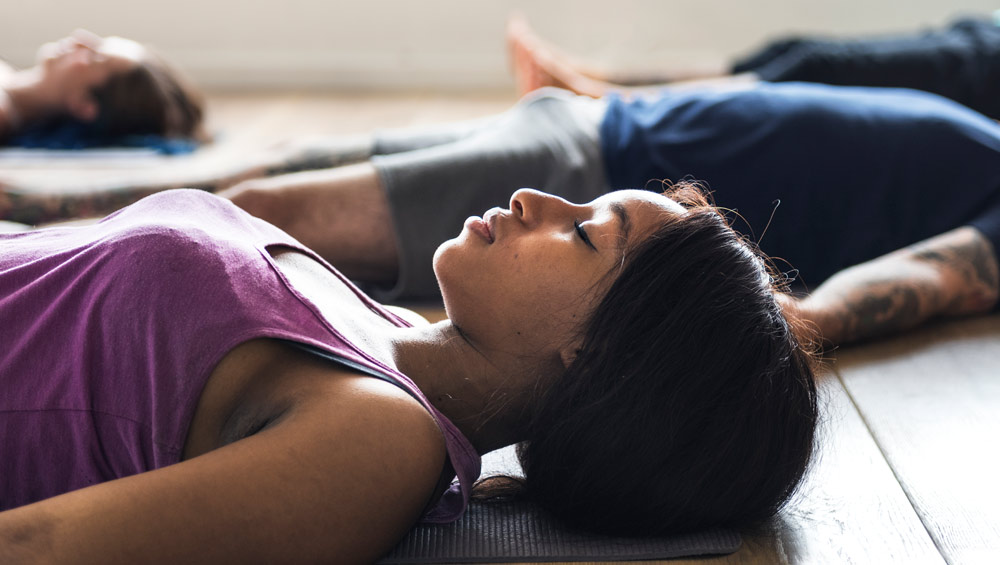
The Vata is the airy dosha. On the off chance that this is the ayurvedic body type you relate to, you will probably be creative and imaginative. Nonetheless, with regards to Ayurvedic meditation, you may find your thoughts running away with you and your mind easily distracted.
In the event that you are a Vata dosha and struggle to find internal stillness we recommend using a grounding affirmation or mantra such as “I’m motivated, I’m concentrated” to quieten your hurricane of feelings.
2. Meditation technique for Kapha Dosha
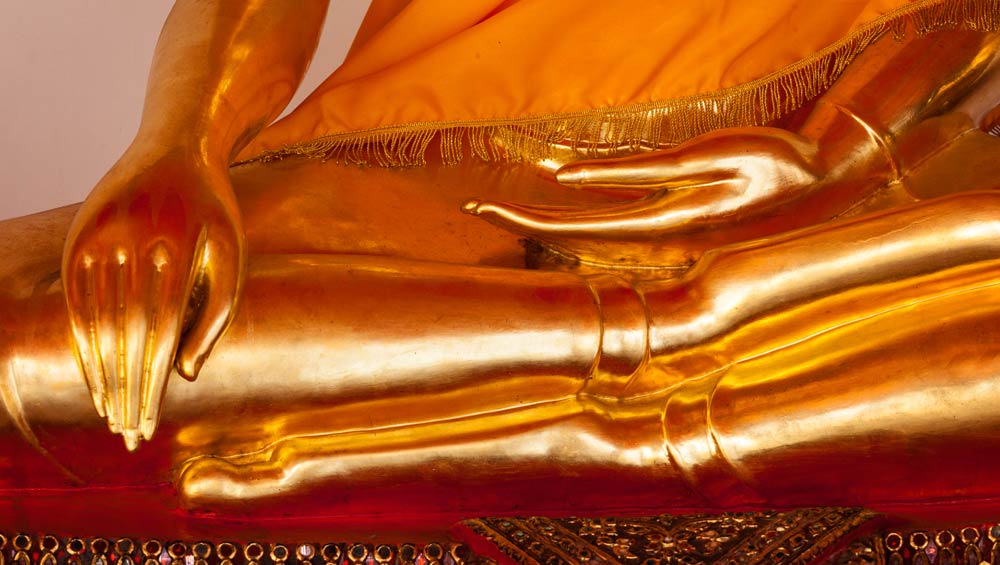
Meditation often comes easiest to Kapha dosha body types. With their dosha associated with the Earth, they are easily grounded and can find stillness. The issue they could face with Ayurvedic meditation is dozing off halfway through! For this reason, we recommend practising moving meditation such as walking, hand gestures, or chanting to keep your mind and body alert.
In the event that you might want to learn more about the benefits of Ayurvedic meditation, particularly what it can have a positive meaning for your relationships.
3. Meditation technique for Pitta Dosha
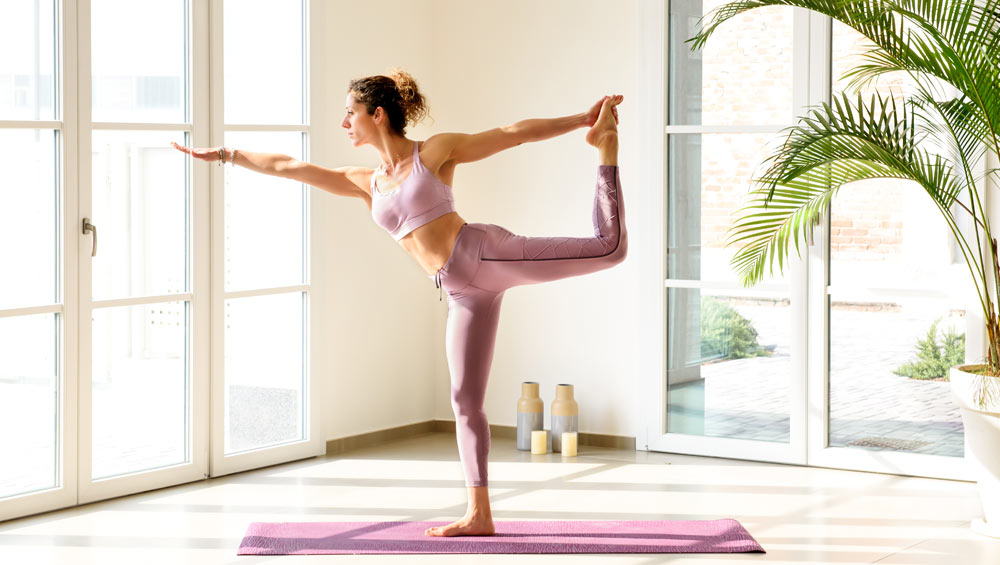
The pitta is the blazing dosha. In the event that this is the Ayurvedic body type you relate to, you may find yourself fidgeting and struggling to stay still during Ayurvedic meditation. The pitta dosha is a determined person, who is goal-oriented and ready to go, determined and organized. With regards to practicing meditation it may be hard for those with a pitta dosha to sit idle, instead, they may be planning next week’s meals or running through a ‘daily agenda’ in their head.
For the pitta doshas struggling to focus their minds, remind yourself that through meditation you will find yourself becoming much more useful when your mind isn’t overpowered. Meditation can try and further develop memory, productivity and mental capability.
Also Read: How to balance Kapha Dosha with Ayurveda
Ayurvedic Tips for Concentration while Meditation:
- One should bear in mind that initially, it may be challenging to focus on one thing
- So, it is smarter to start by limiting your concentration to a category of objects
- Select your objects with care for example any of the flowers, fruits, trees and so forth. You must feel at ease with the objects
- After concentrating on one article, you can continue to the next, if and when your mind starts wandering
Ayurveda Meditation is not a task, it is a lifestyle!
Meditation is the critical practice of traditional Yoga and the superb factor behind an authentic Ayurvedic lifestyle. Mantra is its foundation.
Meditation goes to the foundation of our consciousness and prana, connecting us to our higher self and aligning us with the healing forces of the Self-aware universe. On the off chance that we don’t meditate daily, we lose our ability to relate to the entire life or our real essence. Our attention and vitality get lost in the external world.
Power of Mantras in Ayurvedic Meditation

Ayurveda employs Yoga Sutras as a portion of its Sattvavajaya therapy, along with balancing the doshas and rectifying our karmas. Sattvavajaya aims at enhancing sattva guna, the quality of balance in our minds. In Ayurveda rajas and tamas, the abilities of nervousness and inertia, are regarded as the doshas or factors of disease at the level of the mind. Increasing sattva through Yoga practices is a superb factor in Ayurvedic psychology and the treatment of the mind, for which meditation is a primary therapy. The noiseless meditative mind naturally has the authority to reconcile itself. Mantra allows an individual to produce sattva in their mind.
Summary-
Ayurveda’s meditation practice includes the treatment of both physicals (sharirika) and mental (manasika) diseases. Ayurveda holds that diseases arise more from our own off-base judgments, attitudes, and wrong use of the senses, such psychological factors are at the foundation of most diseases. Therefore, it is vital that you must begin to identify your imbalanced dosha and work on improving it by the above wonderful Ayurveda meditation techniques.

